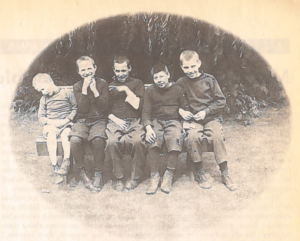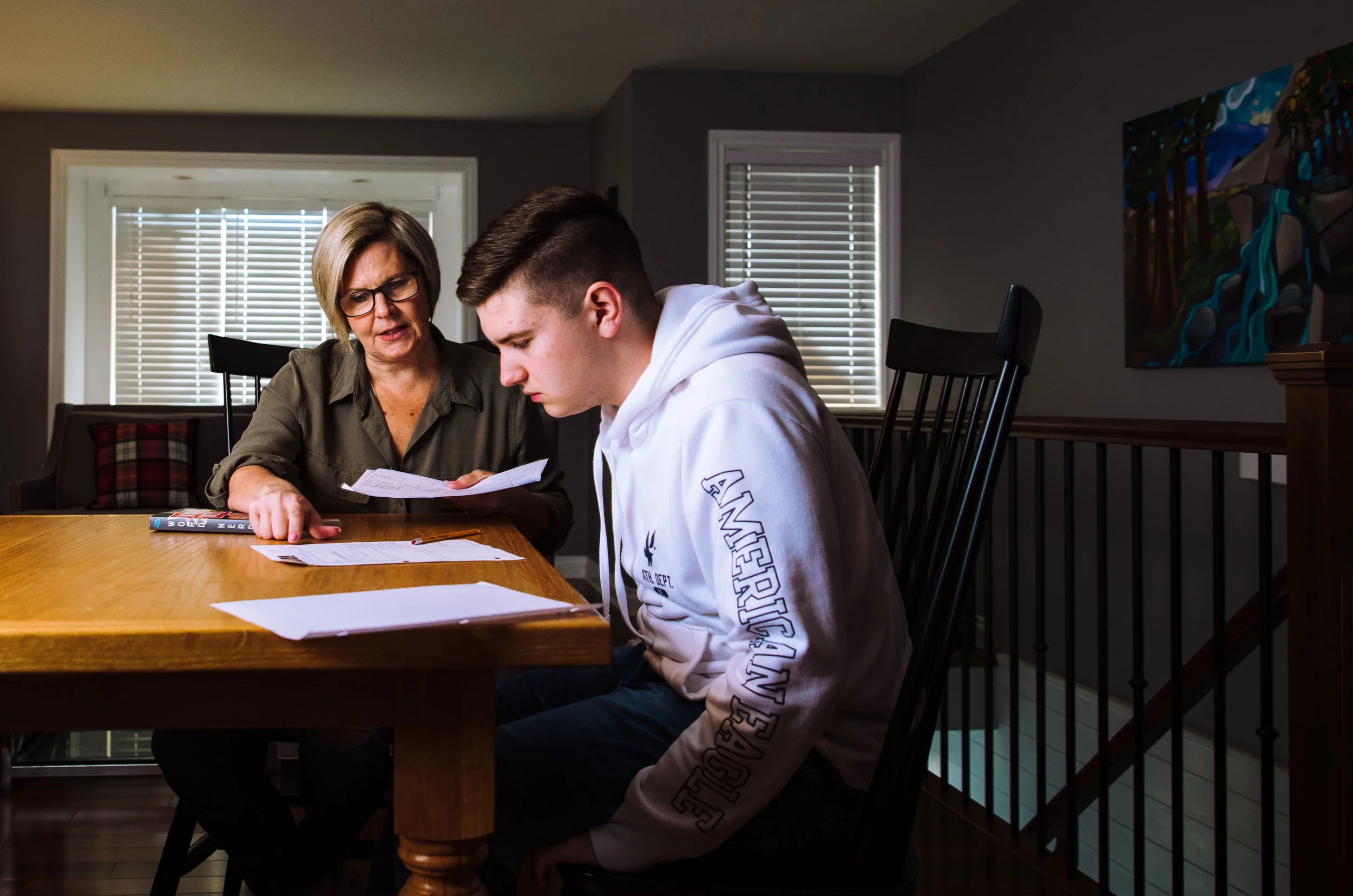The following article was taken from Inclusion BC’s newsletter from Fall 1996 called Community Living News when Inclusion BC had the name of BC Association for Community Living (BCACL).
As Community Inclusion Month came to a close, we took a look through our archive to reflect on the progress made for inclusion in BC. Take a moment to join us in reading this article from 1996 we’ve digitized about the end of institutions in our province, the impact it had made, and what it meant to people, families, and communities.
See the original newspaper article here
The End of an Era
1878 – 1996
In the early afternoon of a rainy October day, the last two remaining residents of Woodlands institution moved to their new home in Vancouver’s Lower Mainland.
It was a quiet departure. No speeches. No television cameras. No crowds of supporters to wish them a fond farewell. But despite the lack of fanfare associated with their final moments in an institution that had been “home” for more than 25 years, it was an event that marked the end of an era in B.C.’s history.
The institutionalization of people with developmental disabilities in B.C. began at Woodlands more than 100 years ago. Together with Tranquille in Kamloops (which opened in 1959) and Glendale in Victoria (which opened in 1971) Woodlands became the focus of a major initiative in the early 1980’s to end the institutionalization of people with disabilities in B.C.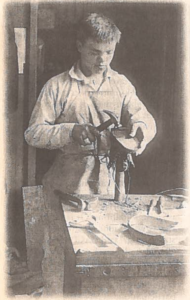
When downsizing began in 1981, approximately 1,600 individuals were living in the three institutions. Tranquille was the first to close its doors in 1985. Glendale followed early this spring. And with the closure of Woodlands in October, B.C. became the first province in Canada to make the full transition to community living.
“This is a truly historic occasion,” said Penny Priddy, Minister for Children and Families.
“Community Living helps to improve the quality of life of each individual,” she said, adding that “the benefits don’t stop with individuals. Diversity strengthens our communities.”
“The future success of community living goes beyond closing the institutions,”
Much of the success of the downsizing process has been attributed to the involvement of families in the planning and placement of their family members. In addition, attention was increasingly paid, throughout the process, to building a variety of crucial partnerships between ministry staff, service providers, community advocates, and institutional staff. The result was an initiative that sought not only to close the institutions, but to ensure the supports needed by individuals would be made available to them in the community. BCACL, which played an ongoing role in the downsizing process, will continue to monitor and advocate for appropriate services where required.
“The future success of community living goes beyond closing the institutions,” said BCACL President Anita Dadson. “Our job now is to make sure communities continue to have the resources they need to welcome and support people with developmental disabilities in their homes and in their neighbourhoods.”
“Say goodbye to Woodlands for me”
By Judy Carter-Smith
“Say Goodbye to Woodlands for me” were the words my mother said as I left her home to go to Woodlands on the day the last two people left. As I drove there, I thought of the many times my family and I had taken the same route to visit my sister or to pick her up to come home for the weekend – which we did every weekend for so many years.
Barbara, even through she was in Woodlands, was very much a part of our family and community life. We did grow up together thanks to the courage, stamina, and commitment of my parents and grandparents. There was never any question that as a family, we did whatever it took to support and advocate for Barbara. She has been living and working in the community for over 20 years now, and in a sense was one of the pioneers in the long journey which brought us to the day of closure.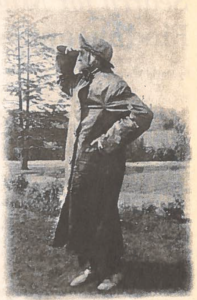
So for me, this day held many personal memories as well as feelings related to my role at BCACL. I did not see the last two people leave. But as I looked around the deserted grounds and the empty buildings, I had a mixture of feelings. I felt a profound sense of history, of feeling close to the many people who had fought for this day. I thought about those families, like ours, for whom Woodlands was the only alternative at the time. I thought about how babies were taken from parents, who were told it was better if they never saw their children again, I thought about the dedication of some of the Woodlands staff, who were committed to doing their best at the time, and who formed lifelong relationships with individuals. I thought about some of the anxieties and fears we experienced, and I’m sure Barbara experienced, when we were fighting an inflexible bureaucracy and punitive attitudes.
I thought about all those individuals who are now in community, their journeys, and where it would take them. I thought of the challenges our community living movement will face in the future – to ensure people are of community not just in it, and to ensure institutions remain a part of our yesterday, and not part of our tomorrow.
Although our knowledge and experience has greatly increased since those early days when institutions were seen as the only alternative, attitudes and feelings that existed then are still with us. People are still afraid of people they perceive as different from themselves, resources are scarce, governments and ministries change.
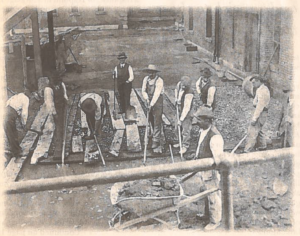 We have said goodbye to Woodlands and experienced our first day of an institution-free B.C. The strengths which brought us to this moment in time need now to be applied to ensuring that individuals are accepted as part of their community. As a self advocate recently put it, that “we have buddies”.
We have said goodbye to Woodlands and experienced our first day of an institution-free B.C. The strengths which brought us to this moment in time need now to be applied to ensuring that individuals are accepted as part of their community. As a self advocate recently put it, that “we have buddies”.
There is a new generation of individuals and families coming forward now who have never experienced institutions: children who have gone to regular schools and will have different expectations and responsibilities in tomorrow’s society. It is our challenge now to facilitate the bridge between generations and ensure the next generation is supported in achieving their goals by building on the heritage of the pioneers who came before.
Say goodbye to Woodlands and say hello to a different world. We will, like others before us, change the face of tomorrow today.
This article was featured in the latest edition of our monthly newsletter, Inclusion in Action. Subscribe today to receive regular updates with stories like this.

